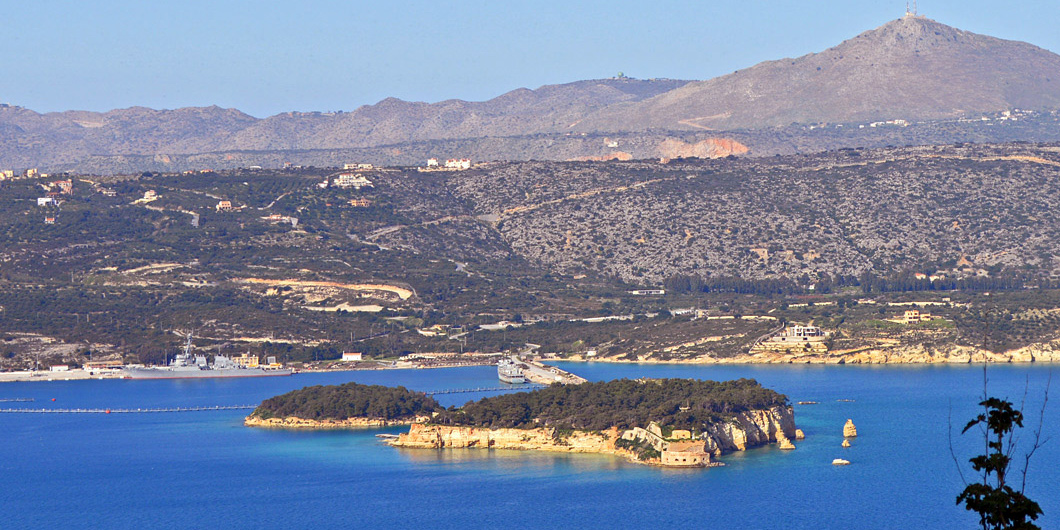Two little islands (known as Lefkes in Antiquity) at the entrance of Souda bay control the movement of shipping to and from the large natural harbour. It was there, on one of these islands, that the Venetians chose to build a stronghold, for the protection of the bay from pirate and other hostile ships.

Construction works began in 1570 and were completed in 1573. The most up-to-date techniques of the time were applied in the building of the fortress, which was then equipped with 44 cannons; thus it managed to remain under Venetian rule for half a century after the conquest of Crete by the Turks.
The fortress was completely surrounded by walls. Strong bastions were erected at the most strategic places, while water reservoirs, a Cathedral church, ammunition magazines, a windmill, as well as a Loggia, indispensable to the Venetians, were to be found within the fortress.
An issue regarding the sufficiency of water came up when the fortress was besieged by the Turks; the problem was unexpectedly resolved, however, when a Turkish cannonball struck a boulder and broke it, exposing a water spring. Therefore, the fortress of Souda managed to endure and continued to resist, at a time when the whole of Crete had surrendered to the Turks.
The steep coastline of the small island and the strong walls made the fortress seem impregnable. However, as the Turkish siege carried on, and intensified even more, living conditions became unbearable for the besieged; they lasted for nearly a century, but finally surrendered to the Turks in 1715.
Few of the Venetian architectural elements survive; today one can mostly see alterations and restorations made by the Turks.



